This is an excerpt from my eBook, How to Make Cold Process Soap.
I was talking to another soapmaker today about how to modify a recipe that they had.This is a conversation that I have quite frequently so I wanted to post some tips for modifying a recipe.
Learn what properties soapmaking oils lend to soap once saponified. One way to do that is to create single oils soaps. Here are some that I created recently.
Once you learn about the properties that saponified oils give soap, you can start putting oils together to create your own recipes. Check out my oil chart to get recommended percentages.
Here are some of my favorite soapmaking oils and why I love them.
First up are my two superheroes of soapmaking oils, olive oil and coconut oil.
Olive oil is my favorite oil for soapmaking and is in just about every bar of soap that I make. Although it can make soap initially soft upon unmolding it cures out to a rock hard bar of soap. Olive oil is very gentle and high percentages of it make for a soap that is mild and perfect for babies, elder folks and people with skin conditions. I like to use 25-80% in my recipes. The higher the percentage, the more mild and gentle the soap.
I stick with regular grade or refined A olive oil. Pomace olive oil has unsaponfiable matter in it that can make your soap soft. Pomace is also usually tinted a bit on the dark or green side so will mess with your soap colors. The same thing applies to virgin or extra virgin olive oil.
Coconut oil is my second favorite soapmaking oil. Coconut oil gives our soap large fluffy lather. It makes a very hard and very white bar of soap. Coconut oil is high cleansing and in higher quantities it can be drying. I like to use 15-50% in my recipes. It is pretty much the complete opposite of olive oil so they compliment each other perfectly in soap. Most bars of soap that you buy have both olive oil and coconut oil. Be sure to get coconut oil, 76 degree or 92 degree melt point. Don’t use fractionated coconut oil in soap, as it doesn’t harden.
Every superhero needs a sidekick. Castor oil is coconut oil’s sidekick.
Castor oil is probably one of the most misunderstood oils for soapmaking. Its first superpower is that it suspends the lather made by coconut oil. Its second superpower is that it cures out to a really hard bar of soap. Most people don’t realize this and always just assume that it creates a soft bar of soap. (Do those single oil soaps!) It can create a bit of a draggy bar if used in high percentages. Because of its lather stabilizing powers, it is wonderful to include it in a shampoo bar or a shaving soap. I like to use it at 5-10%.
Shea butter is next on my list. Shea butter creates a hard bar of soap, gives a bar of soap body and helps to stabilize the fleeting lather made by the coconut oil. It also contributes to a lotion-like lather. Shea butter is great for label appeal. I like to use it at 5-20% in my recipes.
Sometimes you simply just don’t know where to start. Here are some basic recipes for you based on the oils above. Plug the numbers into a lye calculator (I use thesage.com) to get your lye amount. I like to use a superfat of 5% and I recommend a water amount of 2 times the lye. Make both of these recipes to compare.
Cold Process Soap Recipe 1:
- Coconut oil – 44%
- Olive oil – 35%
- Castor oil – 4%
- Rice Bran oil – 10%
- Sunflower oil – 7%
Cold Process Soap Recipe 2:
- Coconut oil – 35%
- Olive oil – 40%
- Castor oil – 5%
- Sunflower oil – 10%
- Shea or Cocoa butter – 10%
Let the soap cure. Make a list for each batch you make. What did you like about it…what did you hate about it?
- How is the lather? Is it thick enough? Does it stay?
- Is it moisturizing enough?
- How does your skin feel after using it?
- How is the hardness?
- What needs to change?
Now that you have your list made out…what needs to change? After you’ve determined the changes that you want and tweak the recipes numbers, be sure to run the new recipe through a lye calc to get the new lye amount required.
Not enough lather?
- Raise the coconut oil. The bar will be more cleansing so you will lose some “moisturizing” qualities.
- Add some castor if the lather is fleeting – meaning it doesn’t last. Castor oil suspends lather.
- Add a pinch of sugar to the lye water when it cools down. Sugar helps create lather.
Note: By raising the coconut oil your soap will be more cleansing and less moisturizing. You can counteract the high cleansing effects of high coconut with a higher superfat.
Too drying?
- Raise the olive oil. Olive oil kills lather, so the more you use, the less bubbly your bar of soap will be.
- Raise the superfat. Try an 8% superfat instead of a 5%. More excess oil kills lather, so you might lose some bubbles.
- Replace some coconut oil with other lower cleansing oils/butter such as shea, rice bran, avocado, sweet almond…etc.
Too soft?
- Use more hard oils such as palm, lard, coconut, shea or other butters. Use more olive as olive cures really hard.
- Use a higher water discount.
- Use a pinch of salt in your lye water.
- Check out this blog post of creating a hard bar of soap.
Soapmaking and formulating recipes is all about learning oils properties and experimenting. Keep a soapmaking journal that you can write all of your recipes and notes in.
Happy Soaping!
-Amanda Gail

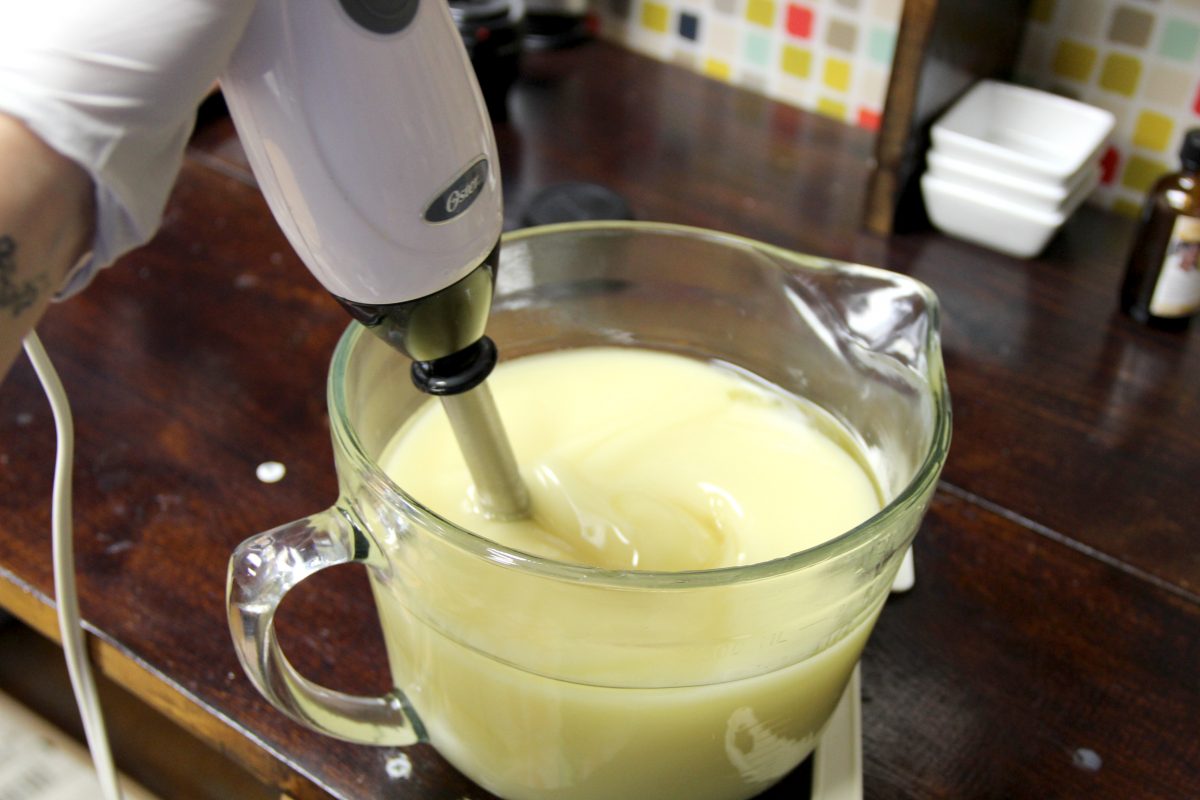
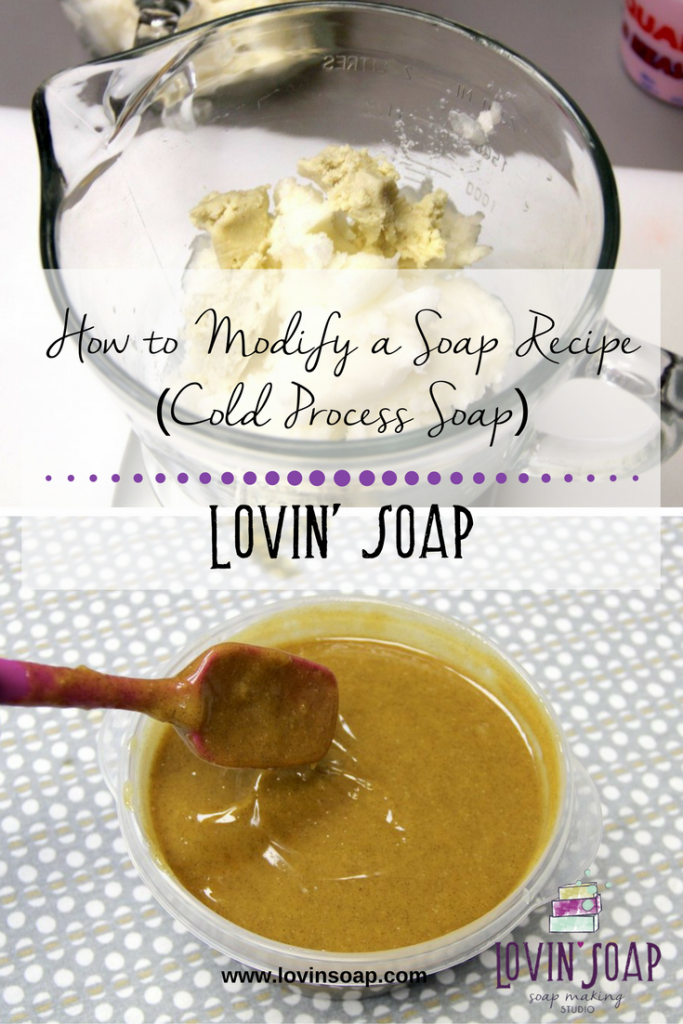
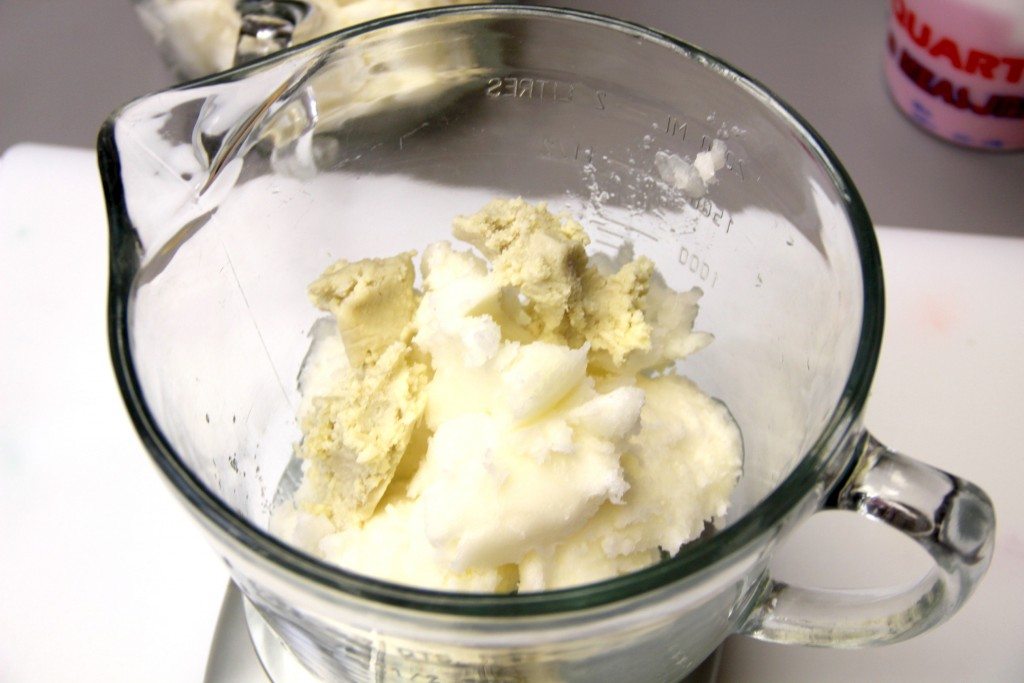
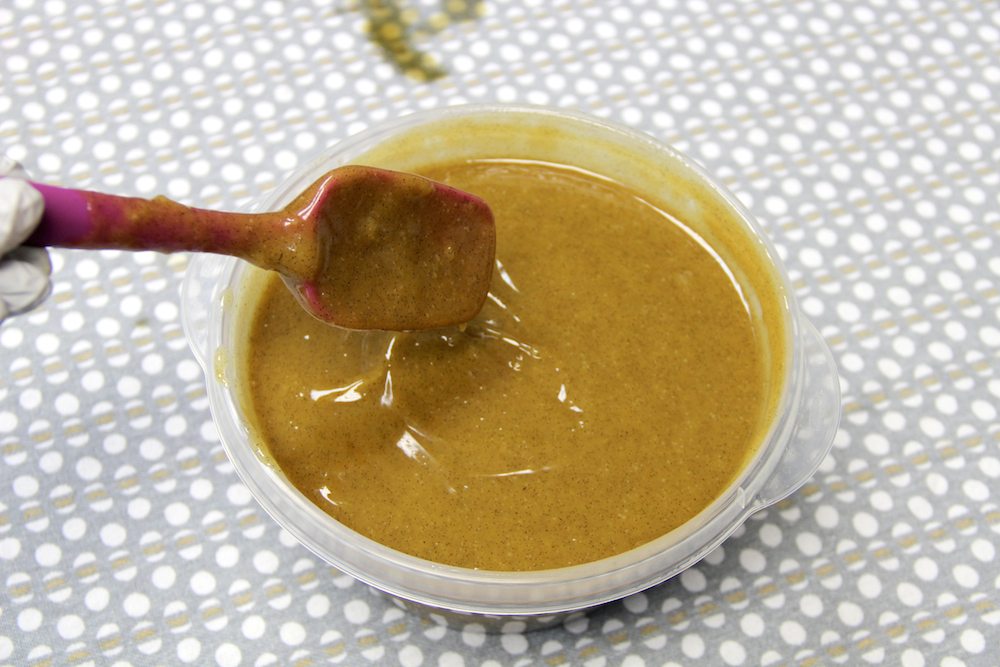

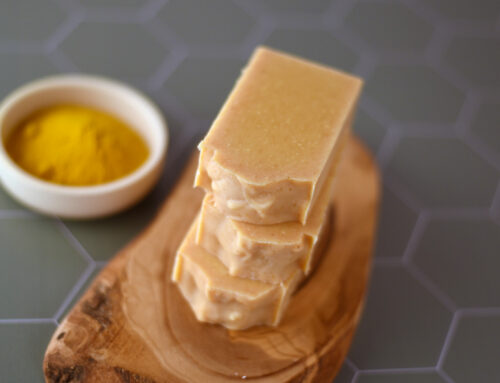
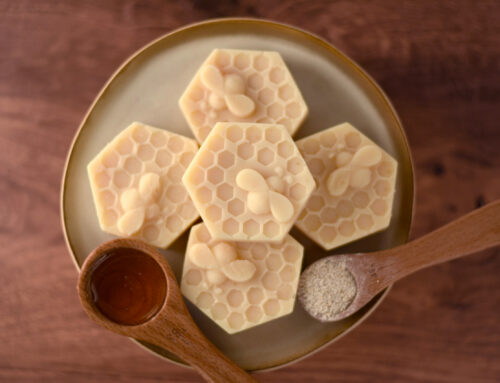
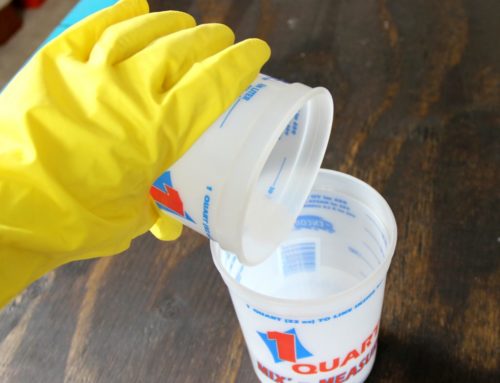

a safe way to know a recipe is good is to go to soapcalc.net, plug in the recipe and read the results of the values explained. it will tell you whether or not its too harsh or not hard or too much iodine, lather, creamy, etc. I’ve made and I proved my recipes many times. it helps give advice and instruction. Happy soaping.
Hi there,I have in the past bought a soap that has coconut, olive, rice bran, wheat germ, cocoa butter, carrot root and sweet almond oils in it and I would like to have a go at making this myself. Would you have a recipe with the quantities of each oil that you would recommend? Thanks
Hi there. 8 know I should try all the oils and put them in a chart but I still need advice…we can’t get bran oil where we live and ordering online would be ridiculous for my location. What substitute would you recommend so result is close to the same. Thanks for all your emails.
Hi Amanda,
I am Julia from India.
I have take your online course. They are useful.
I need your advice on formulating recipes for different type of skins. Googling I found that Oleic and Linoleic are good for dry and oily skin respectively. Is that true?
When I formulate I find that the Oleic is always at at large value. I want to increase value of Linoleic without affecting the hardness lather of the soap. I use soapcalc for finding these value( I know u dont recommend it) I need it as I am a novice in soapmaking and to avoid too much of wastage.
Thank you so much for all the information you’re sharing.
Thank you so much for this valuable information! Signed, a newbie soap making addict.
I go back to this blog post over and over as reference. Thanks for writing this Amanda! 🙂 <3
Love this post. Thank you!